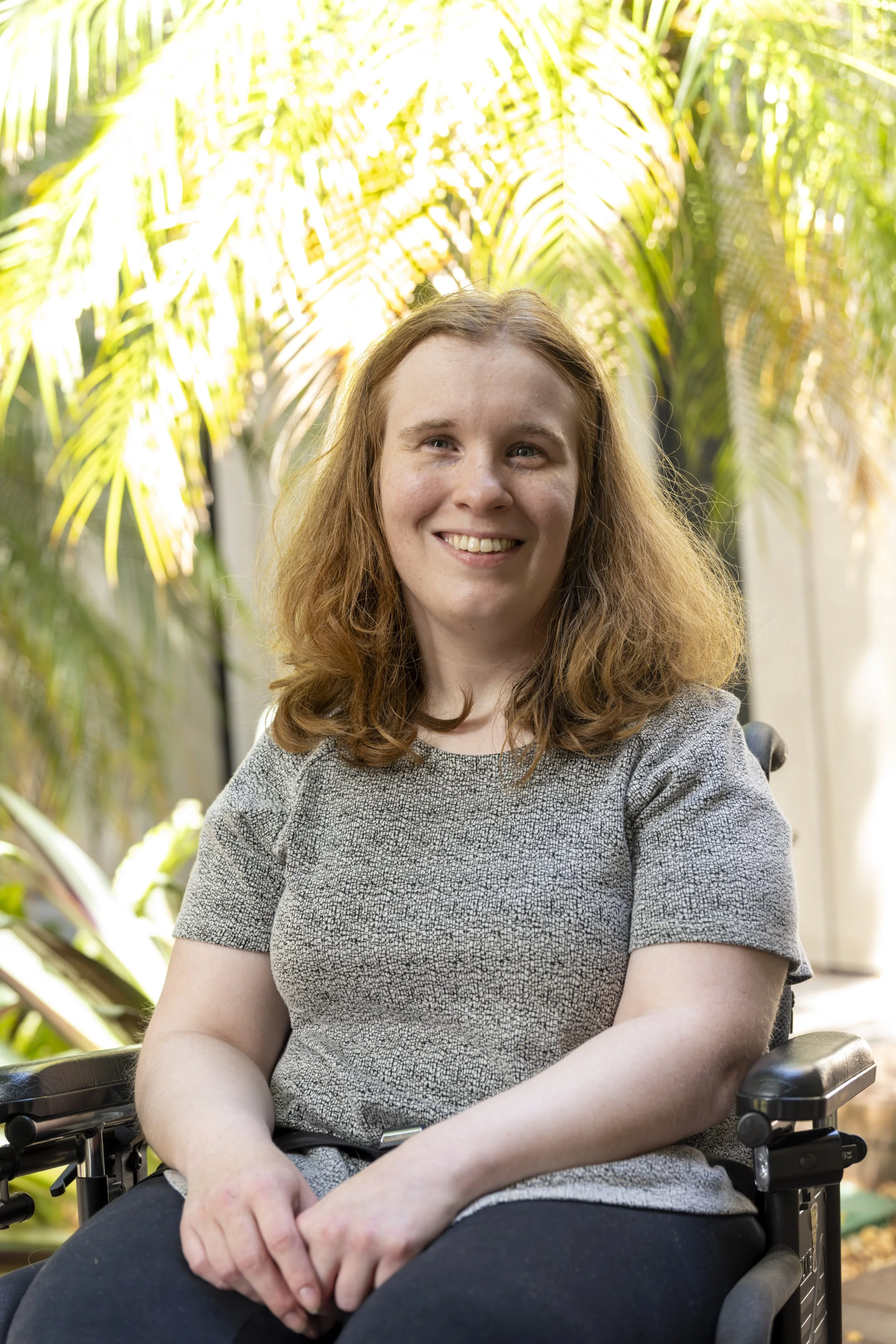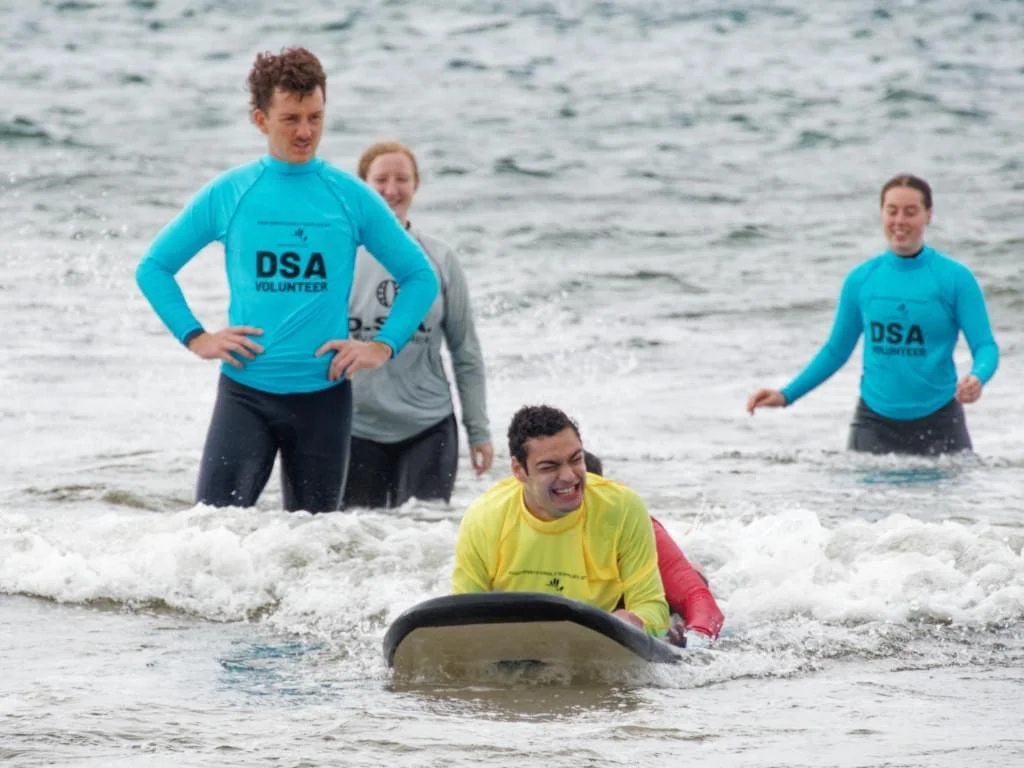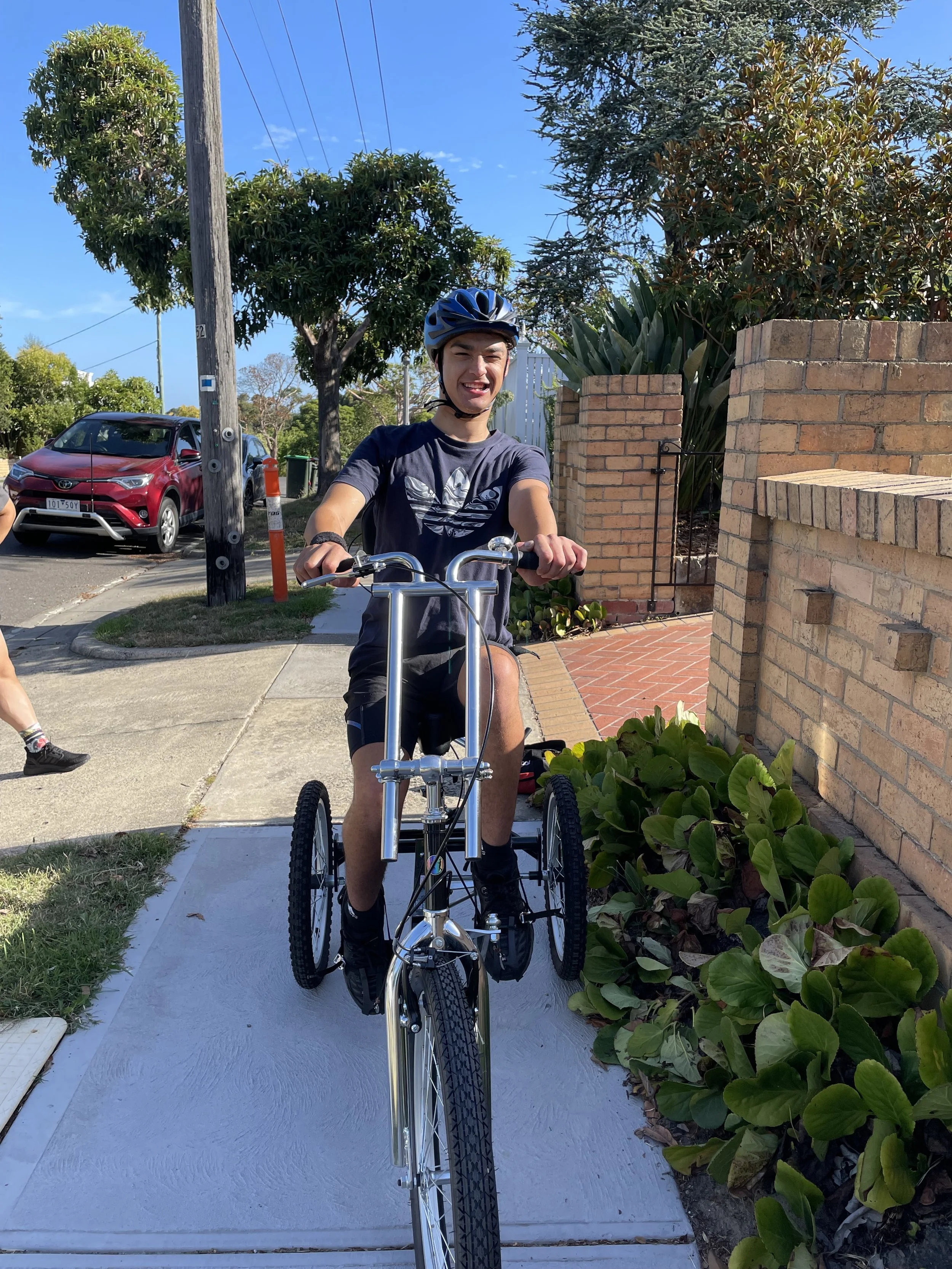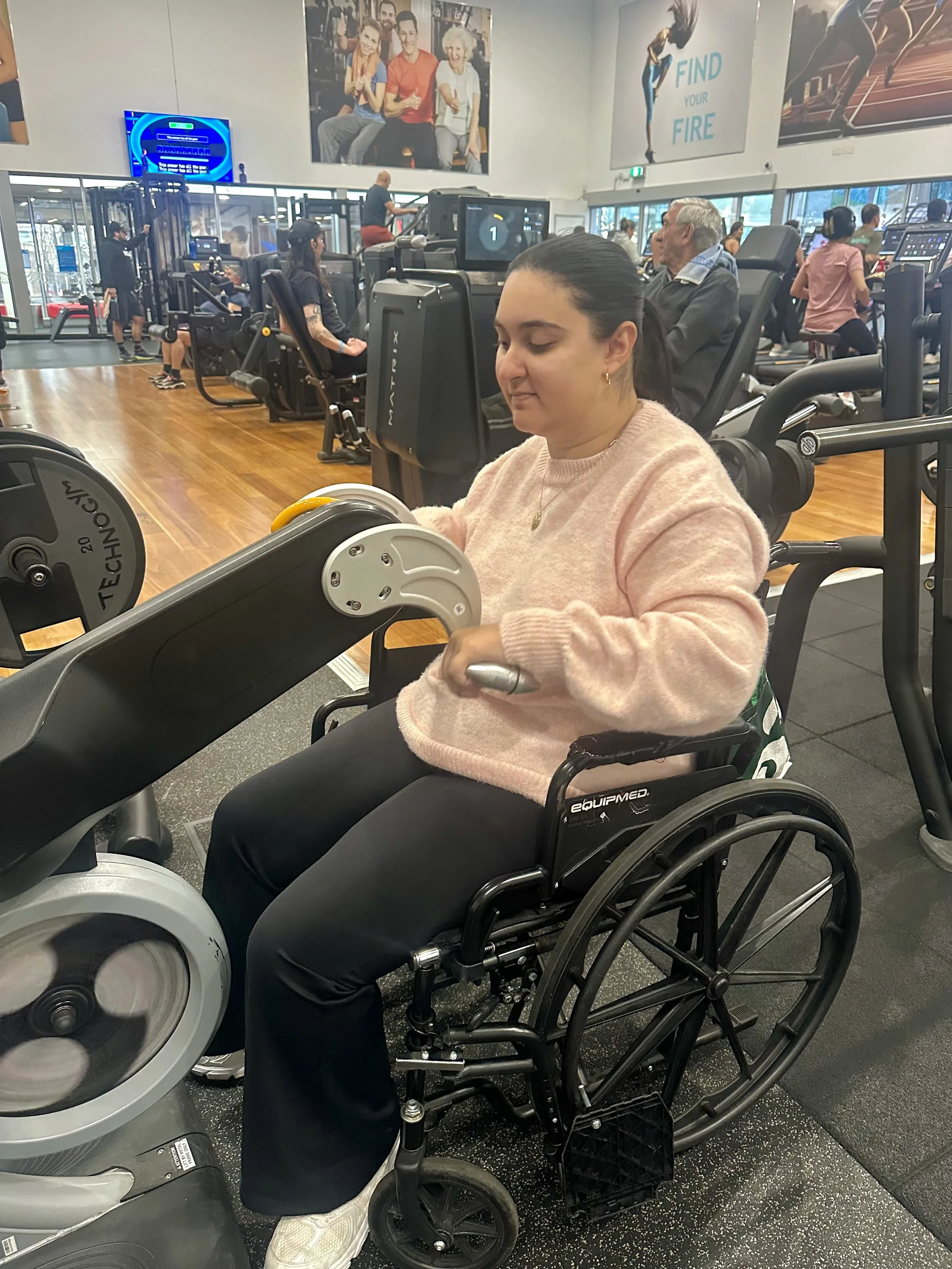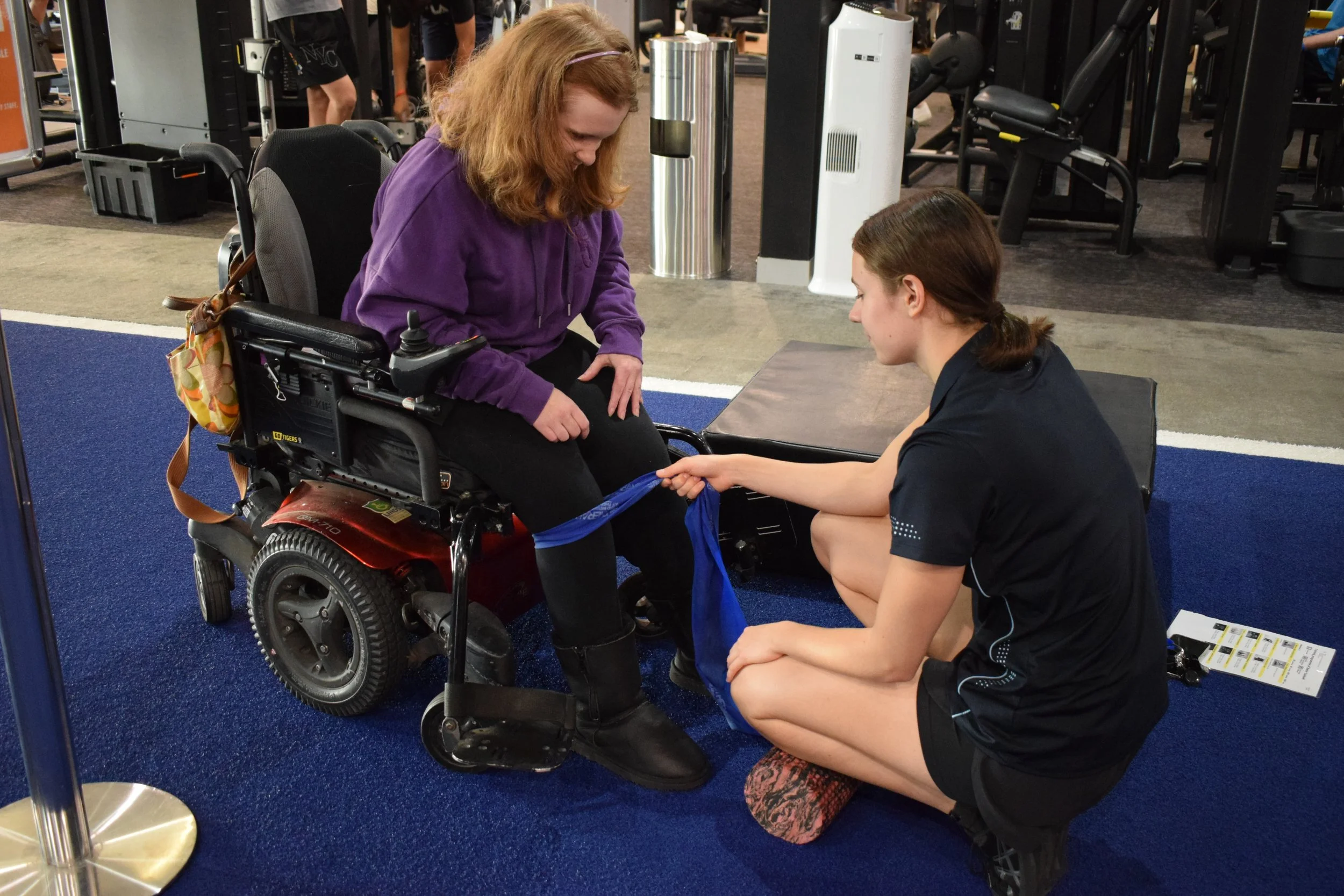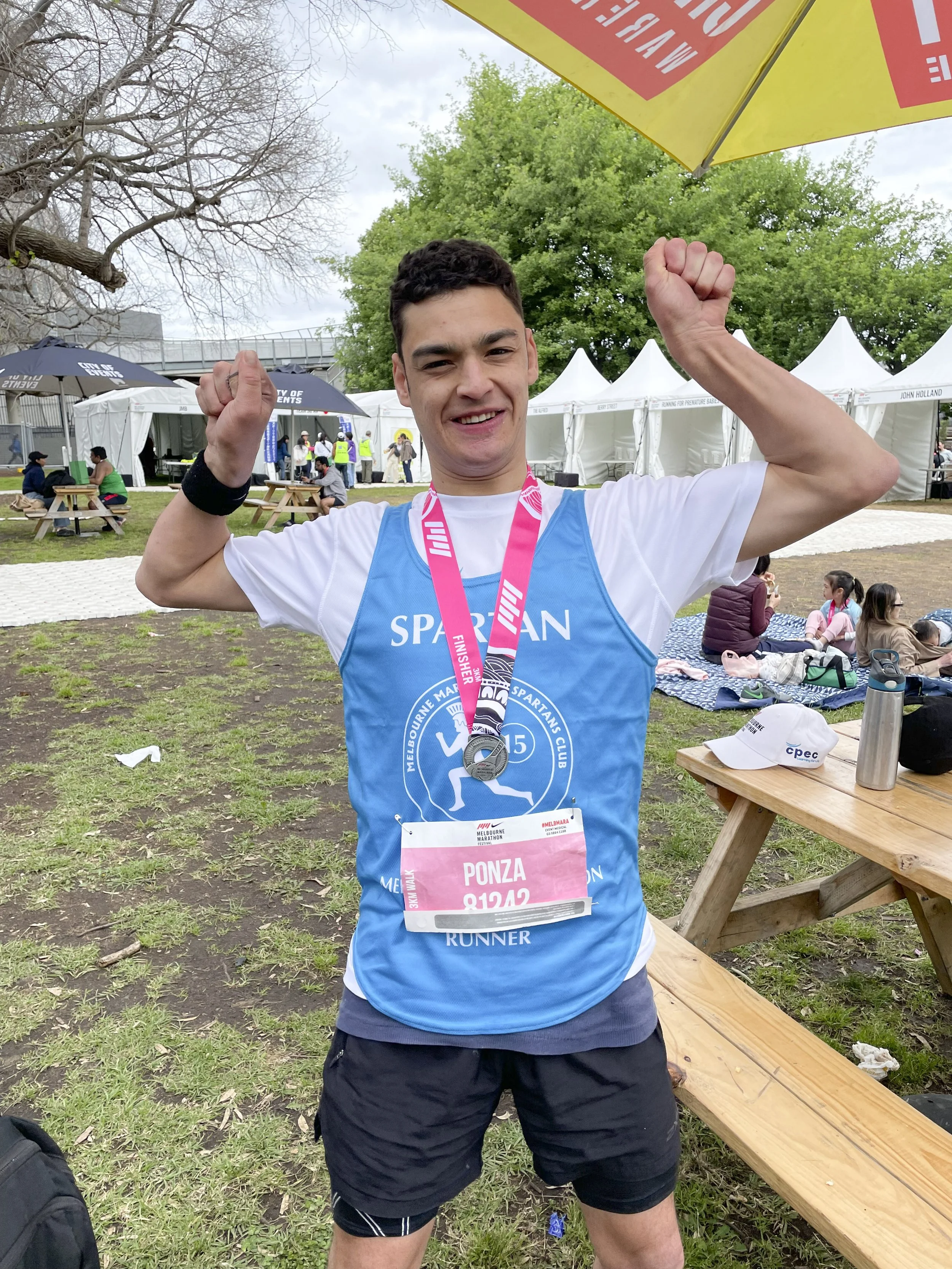
Physical activity and cerebral palsy
This section shares information about what physical activity is, some of the language used to describe physical activity, and why it is important.
Does physical activity matter?
Adults with cerebral palsy have told us that once you find the right fit, being active can really make a difference — and research says this too.
Being active can have lots of benefits like:
Feeling stronger and fitter
Feeling more confident
A better mood
Managing fatigue and pain
Meeting new people
Being part of a group or club
Connecting with the local community
What counts as physical activity?
Physical activity is any movement of your body or change in position.
Physical activity is often describe by its intensity, and whether it’s structured or unstructured.
Intensity of physical activity
-
What this level means: Light physical activity gently increases your heart rate and breathing just above resting levels. Your body can easily meet the oxygen needs of the activity.
What it might feel like: You can have a conversation as you normally would. Your breathing stays relaxed and normal for you. You might feel a bit warmer than normal, but won’t be sweating.
Activity examples:
Slow, leisurely walking or wheeling around the house or neighbourhood
Gentle arm stretches or range-of-motion exercises
Playing cards or board games that involve reaching and moving
Light household tasks
Casual conversation while doing art or simple hand crafts
Slow dancing or swaying to music while seated
-
What this level means: Moderate physical activity makes your heart pump faster and your lungs work harder to get oxygen to your muscles, but your body can still keep up with the demand fairly comfortably.
What it might feel like: You can still talk, but you might need to pause occasionally to catch your breath during longer sentences. Your breaths will be deeper and you’ll need to breath more often. You'll likely feel warmer and may start to sweat a bit. You will definitely feel like you're working, but it probably feels like you can keep doing this activity for a while.
Activity examples:
Walking or wheeling at a steady pace, probably with purpose, like walking the dog, trying to catch a train
Playing wheelchair sports like basketball or tennis at an easy pace
Swimming or water exercises adapted for your abilities
Using resistance bands or light to moderate weights
Dancing more energetically to music
Playing active video games that require arm movements
-
What this level means: Vigorous physical activity pushes your heart and lungs to work much harder, creating a (temporary!) challenge where your body needs to work close to its capacity to get oxygen to your active muscles.
What it might feel like: Conversation becomes difficult - you can only manage a few words at a time before needing to breathe. Your breathing is deep and fast, and you'll definitely work up a sweat.
Your heart beats a lot faster, and while it takes a real effort, it should still feel good rather than overwhelming.
Activity examples:
Racing or speed wheeling
Competitive wheelchair sports (basketball, rugby, racing)
High-intensity interval training (on foot or in a wheelchair)
Fast-paced swimming laps
Vigorous dancing or movement to upbeat music
Hill climbing or wheeling up inclines at a challenging pace
Circuit training with weights or resistance equipment
Structured vs unstructured physical activity
-
Structured physical activity usually means that it is planned and has a regular schedule.
Examples of structured physical activity are
organised sports
physical therapy sessions
exercise classes
regular programs
-
Unstructured physical activity do not usually follow a rigid schedule
For example
Going for a walk
Changing positions
Doing home exercises
Exercise intensities, structured vs unstructured activities - what might this look like?
-
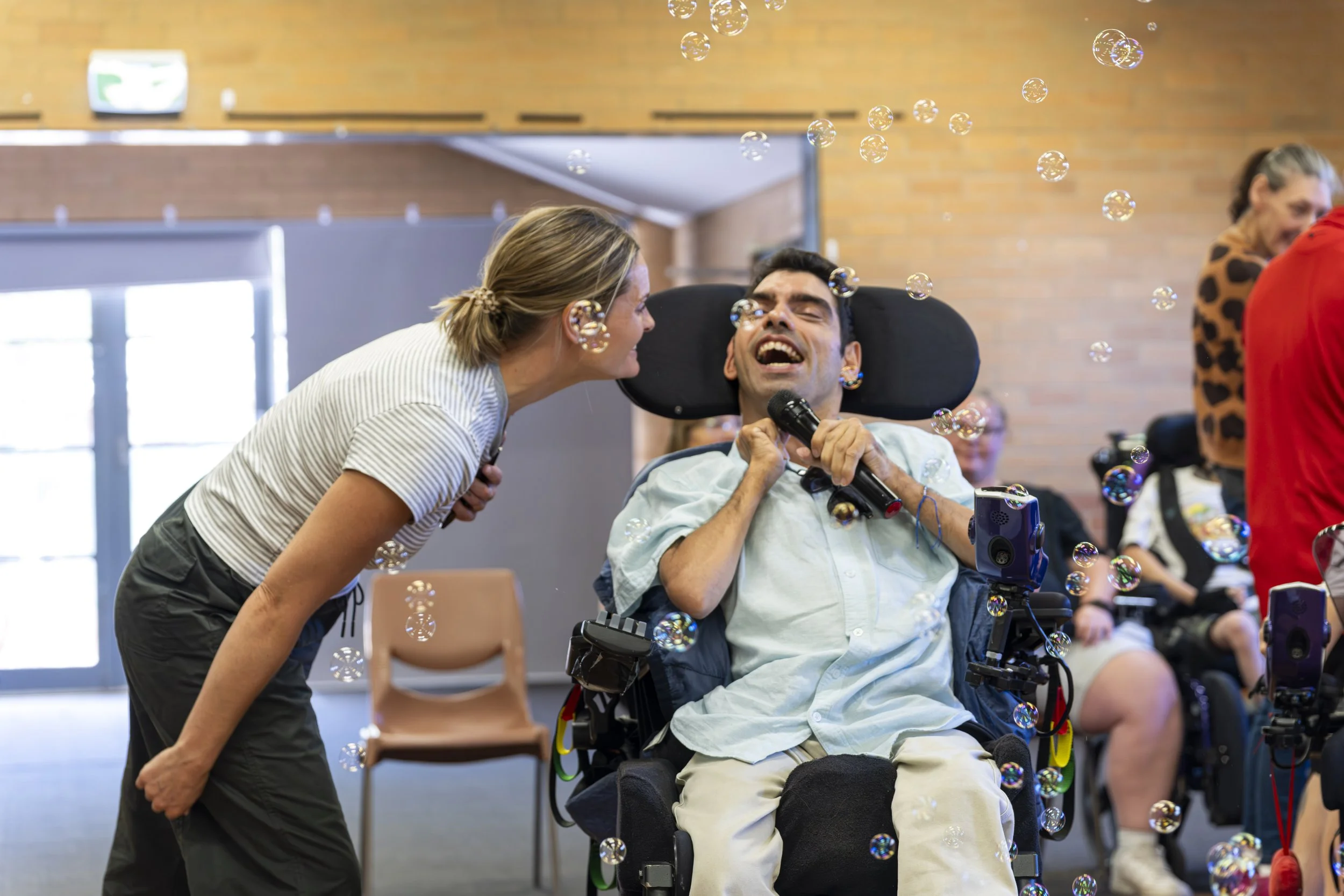
Structured activity, low level intensity
Michael attends a dance and sing class every week. This is a structured physical activity.
Michael is doing light physical activity while singing and moving his body. It does not make him puffed.
-
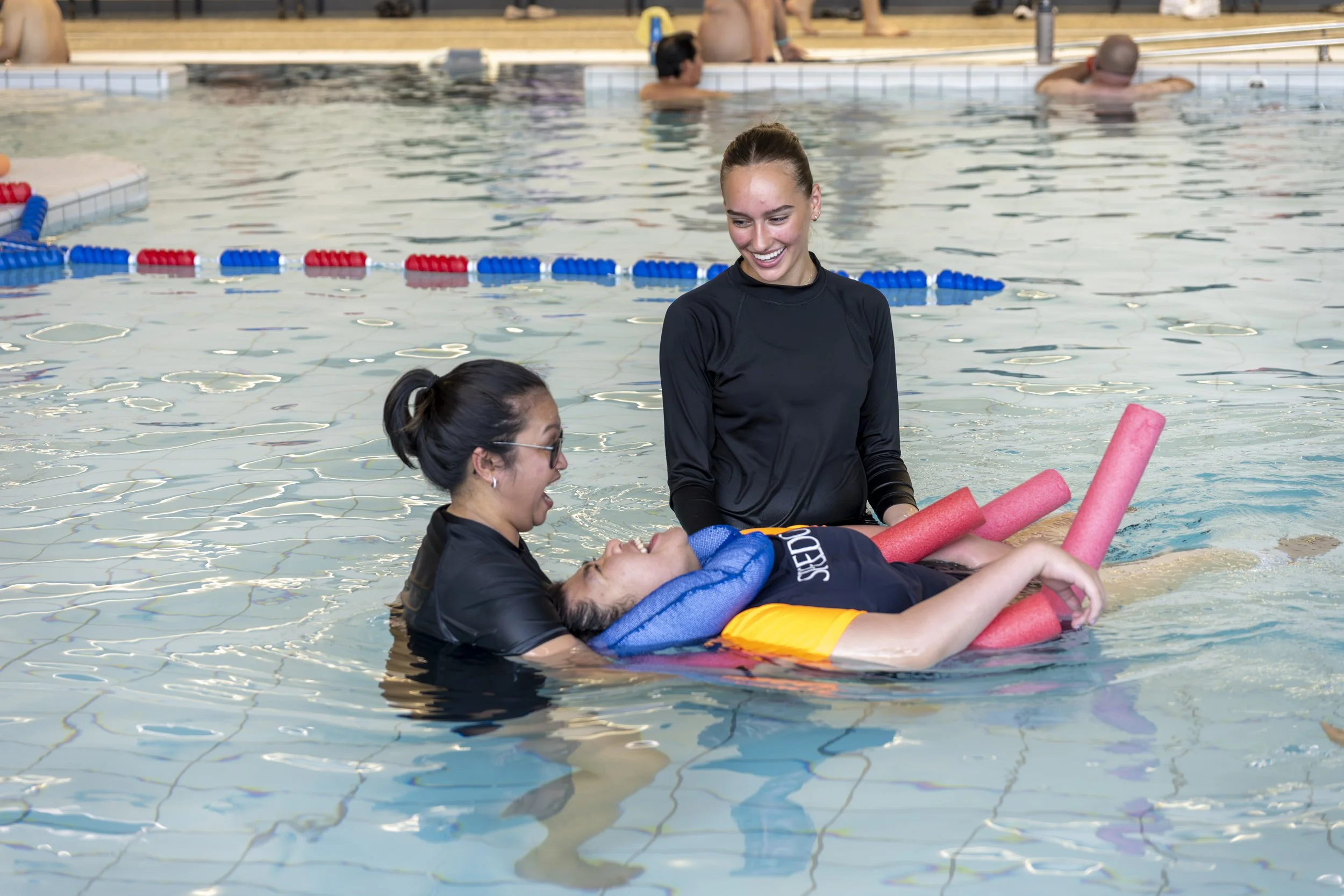
Structured activity, moderate intensity
Angelica attends a hydrotherapy session every week. This is a structured physical activity.
Angelica exercises at a moderate intensity while kicking on her back. She is working hard, and breathing a bit harder than normal.
-
Unstructured activity, moderate to vigorous intensity
Brenton likes to ride his bike when it’s sunny outside. This is an unstructured activity.
Brenton exercises at a moderate to vigorous level of intensity while pedalling, and feels noticeably out of breath. When he is exercising at a vigorous intensity he feels like he is pushing his physical limits!
How much physical activity is enough?
The ‘right’ amount of physical activity depends on you, and what you are trying to achieve.
The amount of physical activity might depend on what results you are looking for and why you are being active.
Some common reasons are to improve general health, strength, or fitness. Below are the recommended amounts of physical activity to achieve each of these aims.
For other reasons, like social interaction, enjoyment and mood, there are no recommendations. You will know what feels right to you.
-
For overall health and wellbeing any activity is good and reducing the amount of time you are sitting or lying still has good health benefits.
For lots of general health benefits in the short and long term, we should aim for a minimum of 150 minutes of moderate to vigorous physical activity per week. This is the kind of exercise that makes you puff and get a bit short of breath.
-
2 x strength training sessions a week.
Usually to build strength, the exercises should be tiring and your muscles sore afterwards, but recover in 1-2 days.
-
A minimum of 150 minutes of moderate to vigorous physical activity per week. Across a week this could look like:
1 x 45 minute ride on a stationary bike
2 x 30 minute dog walks
1 x 45 game of wheelchair basketball
Usually to build fitness, the activity needs to make you at least a little bit puffed or out of breath
To see change, it’s important that your physical activity is regular.
Road blocks
Being active is not always easy. Some of the road blocks that adults with cerebral palsy say limit their physical activity are:
A lack of community activities that suit or interest them
Difficulty finding activities that are available
Negative experiences with sport or exercise in the past
Physical access issues
Negative attitudes and behaviours of other people
High cost of activities
Worries about, and experiences of, pain and fatigue
Fitting in physical activity around work and life
These road blocks are often present during the transition from adolescence into young adulthood.
It’s a bit easier to do regular physical activity when you know why you want to be active, and when you set things up in the way that suits you best!
The Fitness for Life Guide has been developed to support young adults with cerebral palsy to navigate the hurdles and build the skills, knowledge and confidence to get active.

